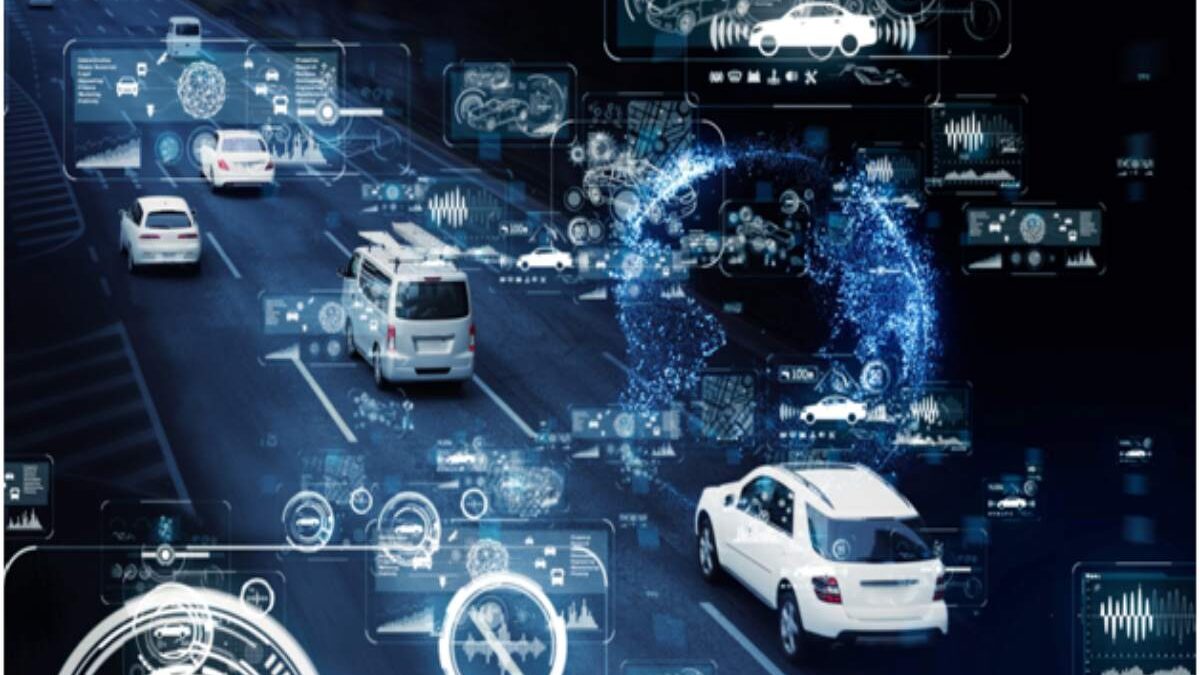Not much of a surprising question, many of us are curious to know why is 5G required to run autonomous vehicles? Was it not possible to build driverless cars with 4G networks? To answer, 4G LTE networks were unable to support the low latency, performance and speed required for making real-time decisions and become ubiquitous in every community. However, the pairing of 5G and connected cars could dramatically enhance safety and beneficial for passengers and communities with promising future advancements in the upcoming years.
Autonomous vehicles have been one of the biggest revolutionary trends for the automobile sector so far with self-driving features beyond compare. 5G wireless networks play as the host for the development of connected cars with its faster computing and networking capabilities, low latency, high bandwidth and speed and turns the table for traditional vehicle into a computer on wheels. This not only changes the way we view mobility where only humans are drivers who tend to make errors but also have enhanced capabilities to make quick decisions in case of risks and increase safety of humans who are now seated as mere passengers inside the cars.
Table of Contents
Key requirements to develop robust and safe 5G autonomous vehicles
Reliable network powered with edge computing – Connected cars have multiple sensors embedded into it, and functions across different domains and requires a reliable network to perform. Connected with 5G, car and its surrounding systems can have high-speed due to data processing at edges making it faster than ever. These cars can be highly sophisticated with further expansion of advanced driver assistance system (ADAS), more high-resolution sensors and HMI (Human-Machine Interfaces).
Deployment of varieties of sensors – Sensors are implemented on self-driving cars namely radar, camera, ultrasonics and lidar.
- Camera – These image sensors help in detecting objects, classify them and determine how far is the vehicle from objects. Example, cameras can easily recognize traffic signs, other cars, pedestrians, bridges, road markings etc.
- Radar – It is an acronym for Radio Detection and Ranging, which applies radio waves to detect and localize objects. For instance, radar sensor applications can be used for blind spot detection for sides and rear of the vehicle especially when changing the lane reducing risks of accidents. It can easily work in different scenarios like in foggy areas, snowy weather, dark nights, rainy season and many more.
- Lidar – This sensor known as Light Detection and Ranging, commonly named LIDAR is primarily employed in autonomous cars to measure distances between vehicle to both stationary and moving detected objects. Application of special procedures in the system can provide 3-D (three-dimensional) images of the objects.
- Enable cars with cellular vehicle-to-everything (C-V2X) communication – Not just a normal vehicle, driverless cars are autonomous without any intervention of human drivers which means they must be capable enough to communicate in different modes in order to effectively and safely interact with their peers and surroundings. These modes range from supporting safe and autonomous driving to different data collection and analytics methods that can be applied for a long-term.
- Should be safety compliant – Safety of passengers is crucial and whatever high-end technology is deployed within the automotive system, automakers must assure top-notch safety assurance as they perform rigorous testing with 5G test equipment. Moreover, with huge amount of data generated and processed, the system needs to be secured enough so data is not compromised.
Various modes of C-V2X technology
- Vehicle-to-vehicle (V2V) – This type of communication enables connected cars to share information/data with other vehicles on the road.
- Vehicle-to-pedestrian (V2P) – Helps vehicle to understand a pedestrian’s presence on road and give alerts to take quick actions accordingly.
- Vehicle-to-infrastructure (V2I) – Road units like traffic lights, trees, etc. can be easily felt by the vehicle with this communication technology.
- Vehicle-to-network (V2N) – Vehicles are connected with service providers as well with this one technology to share information.
- Vehicle-to-cloud (V2C) – Connects vehicle to cloud network having cloud-based applications and analytics functions to process large amount of raw data generated, derive meaningful and actionable information.
Conclusion
5G autonomous vehicle is the future of transportation where the long-term roadmap is not just about low-latency and fast connectivity to permit safe driving. One of the critical features this intelligent car is to give an amazing travel experience to passengers and provide a helping hand in the growth of smart cities. 5G-enabled vehicles plied on roads will make the city more livable where V2X communication will optimize traffic flow, minimize road congestion and improve the environment to a greener side with less motorized transportation. Hence, 5G is indispensable and satisfies the question do autonomous vehicles need 5G? Further, it is crucial to pave the way for automotive industry scaling to reach new heights as automakers continue to make amendments in the current and future versions of autonomous vehicles.
Also Read: 5 Reasons to Hire an Agency for PPC Advertising Management
- READ MORE:- trendssandfas

